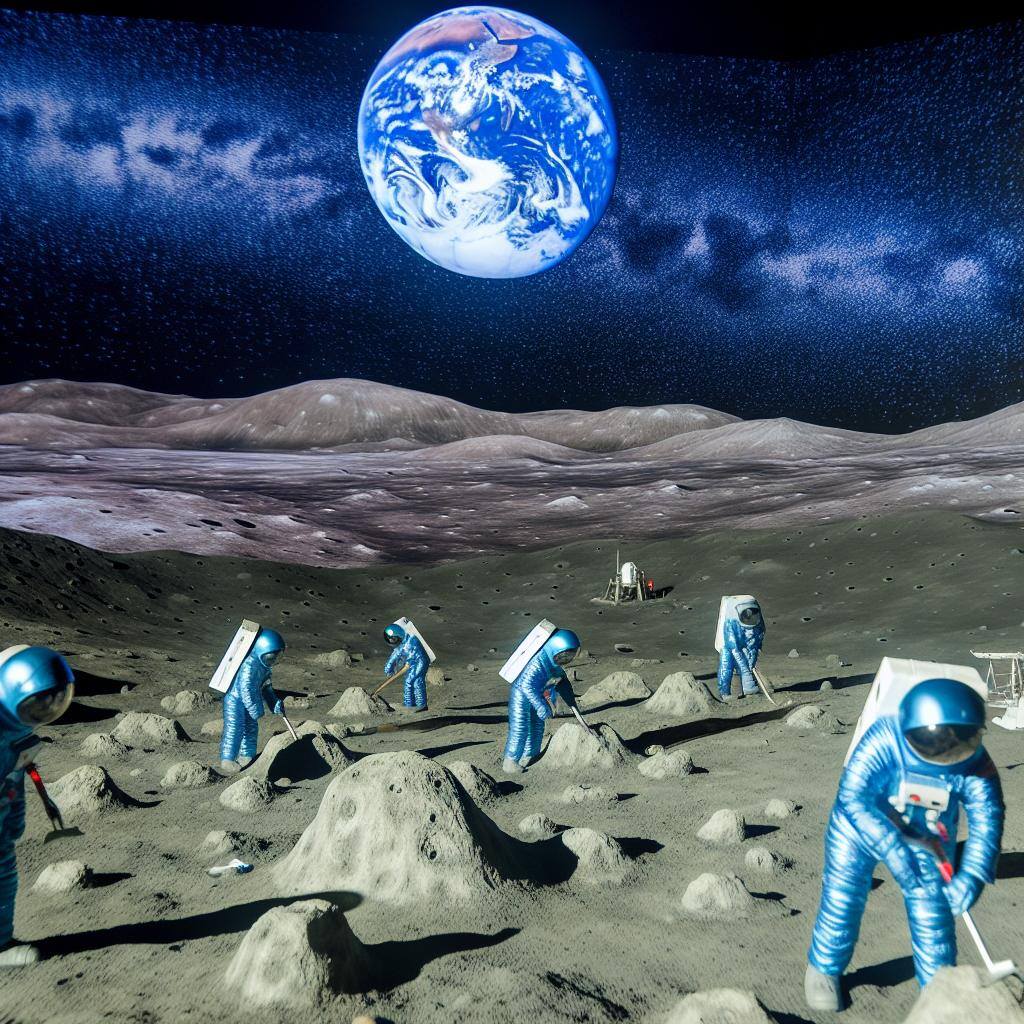Understanding Artemis Mission Objectives
The Artemis mission is not just another giant leap for mankind; it's a carefully orchestrated endeavor to establish a sustainable human presence on the Moon. To lay the groundwork for such an ambitious objective, NASA is ensuring that every aspect of the mission is meticulously planned and understood. This includes delineating scientific goals, developing strategies for crew safety and sustainability, and setting the stage for future Mars expeditions.
Understanding the Artemis mission objectives is akin to creating a road map for lunar exploration. It involves identifying key lunar sites of interest, determining potential resources for in-situ resource utilization, and planning for the integration of international and commercial partnerships. This fundamental step is crucial for the success and longevity of humanity's return to the lunar surface.
Simulating the Lunar Surface: The Role of Analog Missions
NASA's approach to simulating the lunar environment goes beyond theoretical exercises. The agency employs analog missions, which are Earth-based missions that replicate the Moon's terrain and conditions to the best of our ability. These simulations play a pivotal role in preparing astronauts for the challenges of lunar exploration, from navigating the regolith-covered landscapes to managing limited resources.
Analog missions also provide a test bed for equipment and mission protocols, ensuring that every piece of technology and every procedure is lunar-ready. These rehearsals are invaluable for refining strategies for surface exploration, habitation, and even emergency response, fostering confidence and competence in the Artemis crews.
Geology Training: Equipping Astronauts with Scientific Skills
NASA's field geology training is not only about teaching astronauts to identify rocks. It's an immersive program that equips them with the scientific skills necessary to collect valuable geological samples and make in-field decisions that can lead to groundbreaking discoveries about the Moon's history and geology.
This hands-on experience is essential for understanding the lunar environment, assessing scientific priorities, and leveraging the unique opportunity to conduct research in space. The training also emphasizes the importance of sample selection, documentation, and the meticulous process of preserving the integrity of these lunar materials for further study back on Earth.
Integrating Technology and Fieldwork for Lunar Exploration
The integration of cutting-edge technology with traditional fieldwork methods is a cornerstone of NASA's strategy for the Artemis missions. By equipping astronauts with the latest tools and instruments, they can conduct more sophisticated scientific experiments and gather more comprehensive data than ever before.
From advanced mapping tools that can pinpoint the exact location of a sample, to portable analysis devices that provide immediate insights into the lunar soil's composition, the synergy between technology and field expertise is what will drive the success of scientific endeavors on the Moon.
Building Teamwork and Problem-Solving Skills in Extreme Environments
Teamwork and problem-solving are critical components of any mission, but they take on a new level of importance in the extreme environment of space. NASA's field training exercises are designed to foster a strong team dynamic that can withstand the pressures of space travel and the complexities of lunar exploration.
The challenging conditions of analog missions help astronauts build resilience and improve their ability to work cohesively under stress. These skills are vital for overcoming unforeseen challenges on the Moon, ensuring that the Artemis team can operate effectively and safely in pursuit of their scientific and exploration goals.



.jpg)


.jpg)
.png)



0 Comments